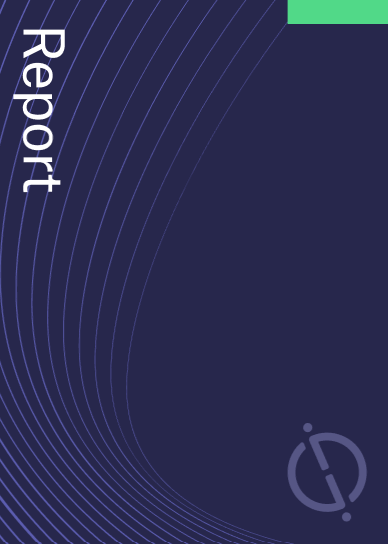Cigna Group has filed a patent for a targeted medical intervention system. The system uses a processor to select a target user and generate a targeted subset from a population of users based on similarity, frequency, and recency of medical claim histories. The processor then monitors the target medical claim history for anomalies and initiates interventions through electronic communication. Other embodiments are also disclosed. GlobalData’s report on Cigna Group gives a 360-degree view of the company including its patenting strategy. Buy the report here.
According to GlobalData’s company profile on Cigna Group, Social media analytics was a key innovation area identified from patents. Cigna Group's grant share as of September 2023 was 62%. Grant share is based on the ratio of number of grants to total number of patents.
Targeted medical intervention system using neural networks
A recently filed patent (Publication Number: US20230317281A1) describes a method for selecting a target user from a group of users with medical claim histories and generating a targeted subset of users based on similarity, frequency, and recency scores. The method involves using neural networks to compare medical claim histories, detect anomalies, and initiate interventions.
The method begins by selecting a target user from a group of users associated with medical claim histories. A target subset neural network is then used to generate a targeted subset of users by comparing each user's medical claim history to the target user's history based on similarity, frequency, and recency. Users are selected for the targeted subset based on their similarity, frequency, and recency scores.
Once the targeted subset is generated, an anomaly detection neural network is employed to monitor the target user's medical claim history in comparison to the histories of users in the targeted subset. The goal is to detect any anomalies in the target user's history. If an anomaly is detected during a first period of time, a first electronic communication is displayed on a client device, initiating an intervention.
The method also includes additional features for generating the targeted subset. Users can be selected based on weights associated with the similarity, frequency, and recency scores. Age and gender can also be considered in the selection process. Changes in marital status or socio-economic status can be detected and used to determine the users included in the targeted subset. Additionally, an aggregate family history assessment can be performed to further refine the selection.
Further operations involve using an intervention assessment neural network to determine whether to initiate an intervention based on changes in the target user's medical claim history, marital status, socio-economic status, family history, or a combination of these factors. The target user's medical claim history is continuously monitored during a second period of time to detect any changes. A success score of the intervention can be determined based on these changes, and a second electronic communication can be displayed to initiate a subsequent intervention if necessary.
In summary, the patent describes a method that utilizes neural networks to select a target user, generate a targeted subset, monitor medical claim histories, detect anomalies, and initiate interventions. The method incorporates various factors such as similarity, frequency, recency, age, gender, marital status, socio-economic status, and family history to refine the selection process and improve the effectiveness of interventions.
To know more about GlobalData’s detailed insights on Cigna Group, buy the report here.
Data Insights
From

The gold standard of business intelligence.
Blending expert knowledge with cutting-edge technology, GlobalData’s unrivalled proprietary data will enable you to decode what’s happening in your market. You can make better informed decisions and gain a future-proof advantage over your competitors.







